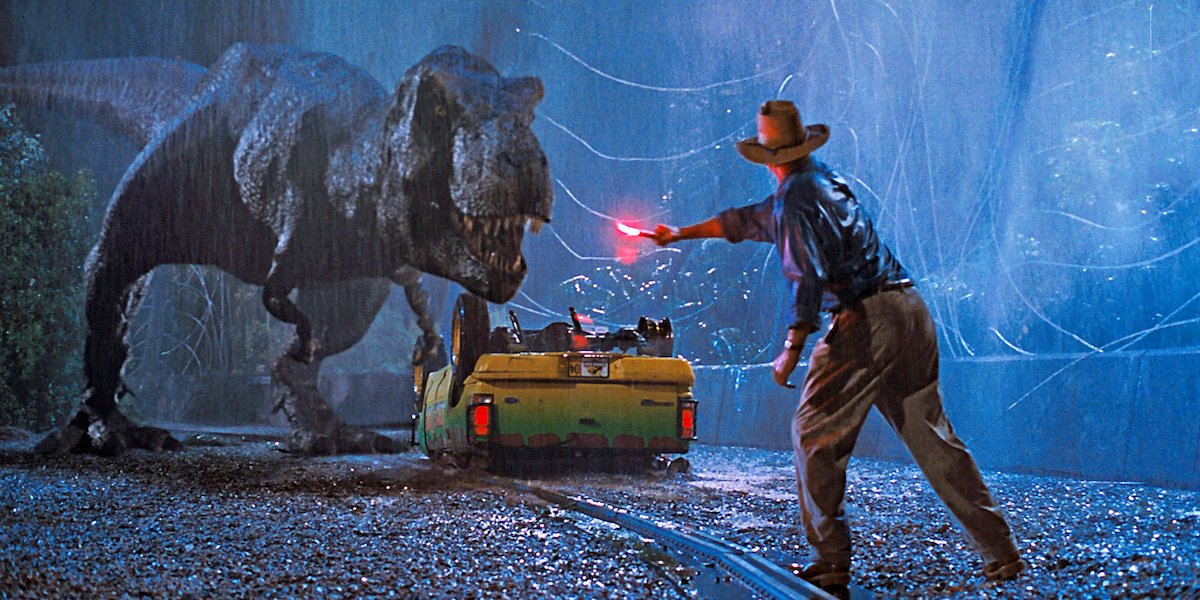The piece of 3D Computer Graphics I’m studying this week is widely regarded as one of the best early works of CGI to date. The creation of the dinosaurs in Jurassic Park (1993) is an interesting endeavor and product for multiple reasons. First, as a dramaturgy major, I view movie visuals in terms of how they relate to the plot. In the case of Jurassic Park, the realistic appearance of the dinosaurs was paramount to the success of the movie. Second, the technical skill was unparalleled at the time. To give the dinosaurs the appearance of real weight and depth, the movie used a combination of animatronics and CGI. The computer generated work focused on texture and light to give a realistic 3D effect.

![[OLD SEMESTER] 15-104 • Introduction to Computing for Creative Practice](../../../../wp-content/uploads/2023/09/stop-banner.png)